Today we are going to scrutinize triggered abilities.
A common trigger looks like this:
“Trigger signal word trigger event, trigger effect” .
Sometimes a trigger is inlaid into the long text of another ability, but you can always recognize a trigger by finding the signal words in its text: “when”, “whenever”, “at”. If you cannot find such words in the card’s text, you may be certain — “there ain’t no triggers ’ere” .
Players often confuse triggered abilities with static ones, and even more often with those that generate replacement effects. For instance, cards like Blood Crypt, Phyrexian Metamorph, Leyline of the Void, Angelic Arbiter, Fire Servant do not have triggered abilities.
Each triggered ability has its own “trigger to pull” — a triggering event (condition). The ability goes off each time it is matched, if the object with the ability is in the right zone and is visible to all players.
603.2e. If a triggered ability’s trigger condition is met, but the object with that triggered ability is at no time visible to all players, the ability does not trigger.
You control two Bears, Stormfront Riders enter the field under your control. In response to the trigger, the cunning opponent casts Cradle to Grave targeting the Riders. The spell resolves and the Riders hit the grave. Upon resolving the trigger you return the Grizzlies to your hand. Here’s a tricky one: how many tokens will you put into play?
Unlike activated abilities, triggered abilities do not need to be activated, — they trigger regardless of players’ wishes and are subject to no limitations.
603.2a. Because they aren’t cast or activated, triggered abilities can trigger even when it isn’t legal to cast spells and activate abilities. Effects that prevent abilities from being activated don’t affect them.
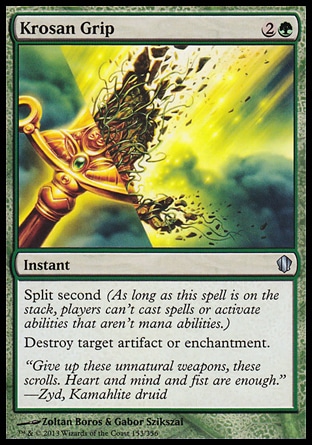
Split Second (As long as this spell is on the stack, players can’t cast spells or activate abilities that aren’t mana abilities.)

Counterbalance can counter a spell with Split Second.

In response to a Krosan Grip you can “unmorph” the Willbender (which is a special action, not an activated ability), thus setting off its triggered ability that will allow you to change the Grip’s target.
Triggers may go off any time, including the untap step, the cleanup step, during the process of casting spells and activating abilities, resolving spells and abilities.
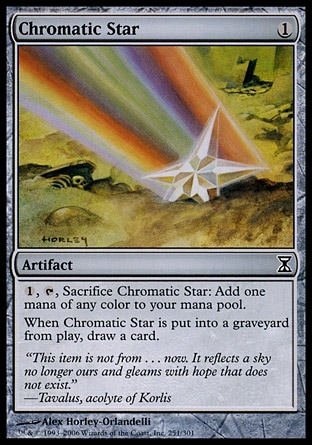
If you activate Chromatic Star’s mana ability while casting a spell, its trigger will go off, but you won’t draw the card immediately. You will need to wait to get priority, then to put the trigger on the stack, then manage to get it to resolve.

If during your untap step you untap N permanents, Wake Thrasher’s ability will trigger N times, but since none of the players receives priority at this point, you would still need to wait for the upkeep step to put all the triggers that have gone off so far onto the stack.
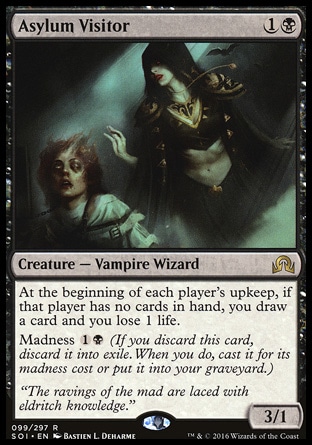
When discarding Asylum Visitor at the cleanup step, if you decide to exile it, the trigger part of the keyword ability Madness will go off (Madness consists of two abilities: static and triggered) which will allow you to cast Rootwalla for its alternative cost — {0}.
However, at the time they trigger, nothing substantial happens in the game yet. Although triggers are “the law to themselves”, after going off, they will sit and wait patiently fot their turn to go on the stack, and that happens only the next time a player would receive priority.
There is one sole exception: triggered mana abilities. They do not use the stack and resolve immediately after triggering.
605.4. Triggered mana abilities follow all the rules for other triggered abilities (see rule 603, “Handling Triggered Abilities”), with the following exception:
605.4a. A triggered mana ability doesn’t go on the stack, so it can’t be targeted, countered, or otherwise responded to. Rather, it resolves immediately after the mana ability that triggered it, without waiting for priority.
Example: An enchantment reads, “Whenever a player taps a land for mana, that player adds one mana to his or her mana pool of any type that land produced.” If a player taps lands for mana while casting a spell, the additional mana is added to the player’s mana pool immediately and can be used to pay for the spell.
Between receiving the priority a lot of events can occur and a lot of triggers controlled by different players go off.
(603.3b) each player, in APNAP order, puts each triggered ability they control with a trigger condition that isn't another ability triggering on the stack in any order they choose.
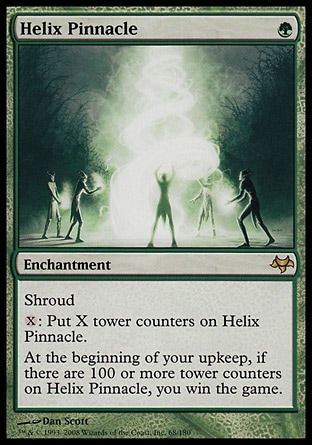
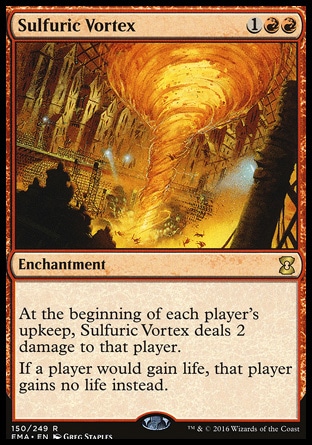
603.3 Once an ability has triggered, its controller puts it on the stack as an object that’s not a card the next time a player would receive priority. See rule 116, “Timing and Priority.” The ability becomes the topmost object on the stack. It has the text of the ability that created it, and no other characteristics. It remains on the stack until it’s countered, it resolves, a rule causes it to be removed from the stack, or an effect moves it elsewhere.
Modes, targets, and all we usually choose at the time of casting spells for the trigger is selected when it placed on the stack:
603.3d The remainder of the process for putting a triggered ability on the stack is identical to the process for casting a spell listed in rules 601.2c–d. If a choice is required when the triggered ability goes on the stack but no legal choices can be made for it, or if a rule or a continuous effect otherwise makes the ability illegal, the ability is simply removed from the stack.
A trigger’s life cycle looks somewhat like this:

Actually, between each of these events, different things might happen, even between going off and being put onto the stack:
116.5. Each time a player would get priority, the game first performs all applicable state-based actions as a single event (see rule 704, “State-Based Actions”), then repeats this process until no state-based actions are performed. Then triggered abilities are put on the stack (see rule 603, “Handling Triggered Abilities”). These steps repeat in order until no further state-based actions are performed and no abilities trigger. Then the player who would have received priority does so.
Note that triggers are put onto the stack only after all SBA have been performed! Before a player gets priority, SBA are checked (if they are performed they are checked again until no actions are needed), then all triggers that have gone off so far are put onto the stack, then SBA are checked again (and performed if necessary), and only then a player gets priority.
603.3a A triggered ability is controlled by the player who controlled its source at the time it triggered, unless it’s a delayed triggered ability. To determine the controller of a delayed triggered ability, see rules 603.7d–f.
Conditional triggers
Some triggers have a condition in their text that determines whether a trigger will go off at all and whether it will resolve:
603.4. A triggered ability may read “When/Whenever/At [trigger event], if [condition], [effect].” When the trigger event occurs, the ability checks whether the stated condition is true. The ability triggers only if it is; otherwise it does nothing. If the ability triggers, it checks the stated condition again as it resolves. If the condition isn't true at that time, the ability is removed from the stack and does nothing. Note that this mirrors the check for legal targets. This rule is referred to as the “intervening 'if' clause" rule. (The word “if" has only its normal English meaning anywhere else in the text of a card; this rule only applies to an “if" that immediately follows a trigger condition.).
Example: Felidar Sovereign reads, “At the beginning of your upkeep, if you have 40 or more life, you win the game.” Its controller's life total is checked as that player's upkeep begins. If that player has 39 or less life, the ability doesn't trigger at all. If that player has 40 or more life, the ability triggers and goes on the stack. As the ability resolves, that player's life total is checked again. If that player has 39 or less life at this time, the ability is removed from the stack and has no effect. If that player has 40 or more life at this time, the ability resolves and that player wins the game.
Evolve is a conditional trigger because it has an “if” in its text and it is placed right after the triggering event.
Extort’s text contains the word “if” as part of the “if you do” construction. Such triggers are never conditional.
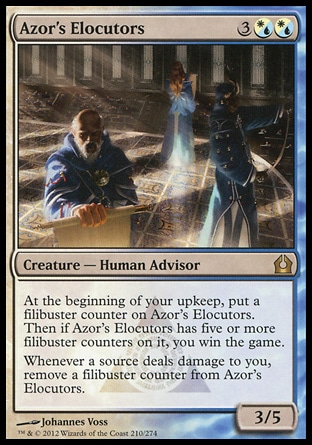
Azor’s Elocutors make a great example of a non-contional trigger: the word “if” here has its regular meaning, since it is placed apart from the triggering event.
State triggers
603.8. Some triggered abilities trigger when a game state (such as a player controlling no permanents of a particular card type) is true, rather than triggering when an event occurs. These abilities trigger as soon as the game state matches the condition. They’ll go onto the stack at the next available opportunity. These are called state triggers. (Note that state triggers aren’t the same as state-based actions.) A state-triggered ability doesn’t trigger again until the ability has resolved, has been countered, or has otherwise left the stack. Then, if the object with the ability is still in the same zone and the game state still matches its trigger condition, the ability will trigger again.
Example: A permanent’s ability reads, “Whenever you have no cards in hand, draw a card.” If its controller plays the last card from his or her hand, the ability will trigger once and won’t trigger again until it has resolved. If its controller casts a spell that reads “Discard your hand, then draw that many cards," the ability will trigger during the spell’s resolution because the player’s hand was momentarily empty.
Take note of the example in the rule. A trigger for no cards in hand will go off at the exact time this will be true. Compare it with SBA.
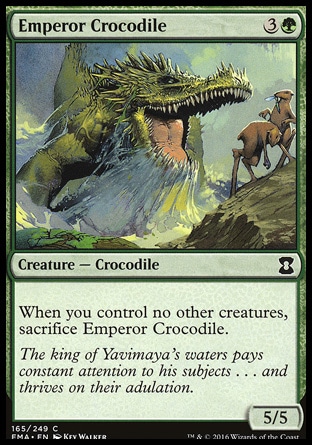
The triggered ability of Emperor Crocodile is a state trigger. If he remains alone on the battlefield, its trigger will go off. And if the trigger is countered by, say, Stifle, it will go off again right away if the state remains the same.

Disallow can counter triggered (non-mana) abilities, but it doesn’t help always.
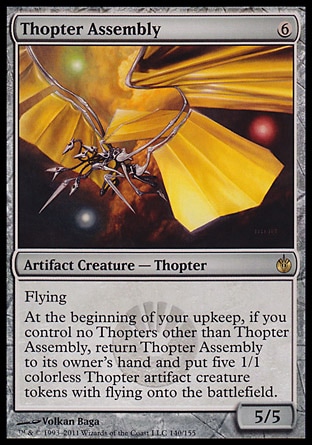
Thopter Assembly, on the other hand, has a regular conditional trigger that goes off once at the beginning of a step. If you get rid of it, next time you will need to worry about it won’t be until the beginning of the same step on your next turn.
Delayed triggered abilities
Delayed triggered abilities are created by spells or other abilities and may trigger later. For instance, Sneak Attack, Adarkar Valkyrie. As any other triggering abilities, these are signaled by any of the words “when”, “whenever”, “at”.
A delayed triggered ability goes off once — when its triggering event occurs. However, some abilities have effect for an extended period of time, such as “this turn”: ( High Tide, Vizkopa Guildmage).
If a delayed triggered abilitiy refers to a specific object, it applies to it even if that object changes characteristics. However, if that object changes zone or ceases to exist, the delayed triggered ability won’t affect it.
603.7c. A delayed triggered ability that refers to a particular object still affects it even if the object changes characteristics. However, if that object is no longer in the zone it’s expected to be in at the time the delayed triggered ability resolves, the ability won’t affect it. (Note that if that object left that zone and then returned, it’s a new object and thus won’t be affected. See rule 400.7.)
Example: An ability that reads “Exile this creature at the beginning of the next end step” will exile the permanent even if it’s no longer a creature during the next end step. However, it won’t do anything if the permanent left the battlefield before then.
Picture an elemental that invaded the battlefield through Incandescent Soulstoke. It cannot be saved by turning it into anything else. Even if it stops being an elemental, or even a creature in general, it will have to be sacrificed at the end of turn. But if you Momentary Blink it, it will be safe, since the object is treated as a different one after changing zones, it doesn’t remember a thing about its past incarnations.
Reflexive triggered abilities
603.12. A resolving spell or ability may allow or instruct a player to take an action and create a triggered ability that triggers "when [a player] [does or doesn't]" take that action or "when [something happens] this way." These reflexive triggered abilities follow the rules for delayed triggered abilities (see rule 603.7), except that they're checked immediately after being created and trigger based on whether the trigger event or events occurred earlier during the resolution of the spell or ability that created them.
Example: Heart-Piercer Manticore has an ability that reads "When Heart-Piercer Manticore enters the battlefield, you may sacrifice another creature. When you do, Heart-Piercer Manticore deals damage equal to that creature's power to any target." The reflexive triggered ability triggers only when you sacrifice another creature due to the original triggered ability, and not if you sacrifice a creature for any other reason.
603.12a. Normally, if the trigger event or events occur multiple times during the resolution of the spell or ability that created it, the reflexive triggered ability will trigger once for each of those times. However, if a resolving spell or ability includes a choice to pay a cost "any number of times" and creates a triggered ability that triggers "when [a player] pays [that cost] one or more times," paying that cost one or more times causes the reflexive triggered ability to trigger only once.
Game Play Error — Missed Trigger
In Magic Online the engine watches triggers, and as they go off they are all reflected automatically as objects which the players then place on the stack in the required order. In an actual game, triggers aren’t represented physically, so players, even tempered professionals, often miss them. In such a case we deal with an infringement of the game rules called missed trigger. Since Feb 8, 2013 the Magic Tournament Rules has an important change related to triggered abilities:
4.4. Triggered abilities
Players are expected to remember their own triggered abilities; intentionally ignoring one is Cheating. Players are not required to point out the existence of triggered abilities that they do not control, though they may do so within a turn if they wish.
Triggered abilities are considered to be forgotten by their controller once they have taken an action past the point where the triggered ability would have an observable impact on the game. Triggered abilities that are forgotten are not considered to have gone onto the stack. How forgotten triggered abilities are subsequently handled is defined by the Rules Enforcement Level of the event.
This means that in all tournaments (even those with Regular Rules Enforcement Level), a player is not required to watch the opponent’s triggers!
In order to get the full understanding about how this works, I recommend reading a separate article about missed triggers. In very short,
- You may not ignore your own triggers (it’s Cheating).
- Your opponent doesn’t have to remind you about your triggers if he or she doesn’t wish to.
- You have to demonstrate awareness of the trigger’s existence before that trigger requests a decision or causes a visible effect in the game. After that moment it is considered missed.
- If the trigger was missed recently, its further destiny depends on the opponent.
Homework
Regular REL:
A spectator calls the judge and tells that the player attacks by Frenzied Goblin and the two Bears. As Goblin's trigger resolves, the player paid {RRR} and makes all three creatures unblockable. During investigation you fugure out the player did this way the second turn in a row. Your actions?
When Goblin attacks its ability triggers. It allows the player to pay only one mana. It means that the player has broken game rules. Backing up the previous turn is definitely later. If the situation allows, you can back up carrent turn. If it’s too complicated leave game as it is. Just don’t forget to explain to the players what they did wrong.
Competitive REL:
You activate Merieke Ri Berit targeting a Grizzly bear under the opponent's control, then untap Merieke with Aphetto Alchemist and activate it again targeting the opponent's Bear cub. What happens when both abilities of Merieke resolve?
You will control the entire ursine family as long as you control Merieke Ri Berit. If Merieke becomes untapped or leaves the battlefield, both bears will be destroyed. In this case the ursa isn't destroyed by Merieke getting untapped, because the delayed triggered event hasn't been created yet, since the activated ability, which is its source, has not resolved yet.
You control Sacred Ground. You animate an Inkmoth Nexus, but the cunning opponent kills it with Burn the Impure. Can the Nexus return to the battlefield?
No. In this case the Nexus goes to the graveyard when SBA are performed, and they are certainly not controlled by your opponent.
Your opponent controls Dream Halls (Oracle text: “Rather than pay the mana cost for a spell, its controller may discard a card that shares a color with that spell.”) You decide this is in awesome opportunity to seize and cast Progenitus by discarding Guerrilla Tactics. Does the opponent take 4 damage from Tactics?
Nope. In this case, Tactics won't trigger because of the lack of conditions met. Static ability of Dream Halls does not make us discard a card, all it does is allow casting a spell at an alternative cost.
Curse of the Cabal has one counter on it. The upkeep step of its controller begins. Can the opponent place two counters on Curse of the Cabal?
Nope. Just read the card text carefully. The trigger allows only the active player to place a counter.
You cast Vesuvan Shapeshifter and choose to copy an opponent's Avalanche Riders. Will Echo trigger in your next upkeep?
Undoubtedly so. Echo only wonders how long the permanent has been under your control.
You “unmorph” Vesuvan Shapeshifter and choose to copy Brine Elemental. Will your opponent skip her next untap step?
Yes. The Shapeshifter becomes the elemental as it turns face up (note the “as” in its text), so all triggers for unmorphing the original creature will go off. There is no moment when the Shapeshifter is face up and not a copy of the elemental.
Translated by Witas Spasovski

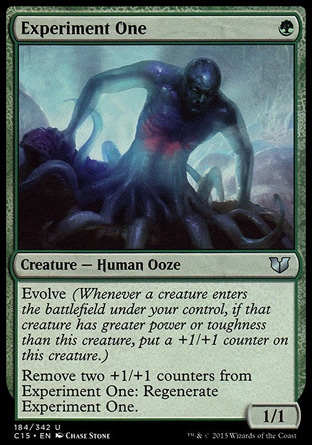
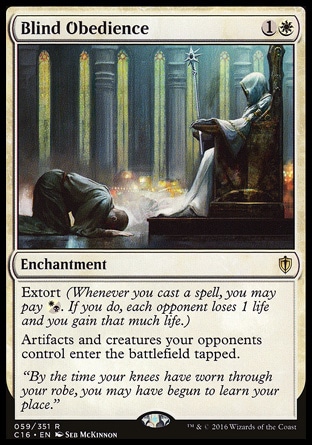
An active player has 2 life and controls Helix Pinnacle with 100 tower counters. Nonactive player controls Sulfuric Vortex. At the beginning of the upkeep both ability trigger. Ttrigger of the active player goes on the stack first, then trigger of nonactive. So the trigger of Sulfuric Vortex resolves first and active player loses game. The game is over.